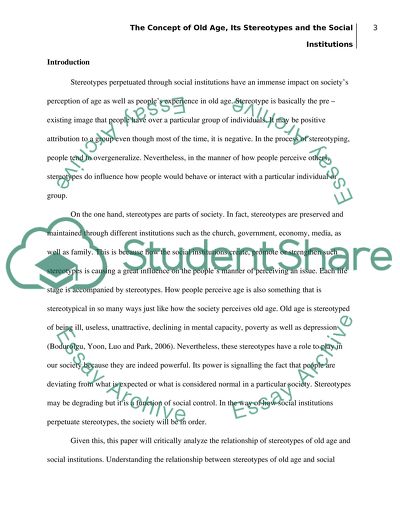Cite this document
(“The Concept of Old Age, Its Stereotypes and the Social Institutions Essay”, n.d.)
Retrieved de https://studentshare.org/sociology/1396614-the-concept-of-old-age-its-stereotypes-and-the-social-institutions
Retrieved de https://studentshare.org/sociology/1396614-the-concept-of-old-age-its-stereotypes-and-the-social-institutions
(The Concept of Old Age, Its Stereotypes and the Social Institutions Essay)
https://studentshare.org/sociology/1396614-the-concept-of-old-age-its-stereotypes-and-the-social-institutions.
https://studentshare.org/sociology/1396614-the-concept-of-old-age-its-stereotypes-and-the-social-institutions.
“The Concept of Old Age, Its Stereotypes and the Social Institutions Essay”, n.d. https://studentshare.org/sociology/1396614-the-concept-of-old-age-its-stereotypes-and-the-social-institutions.


